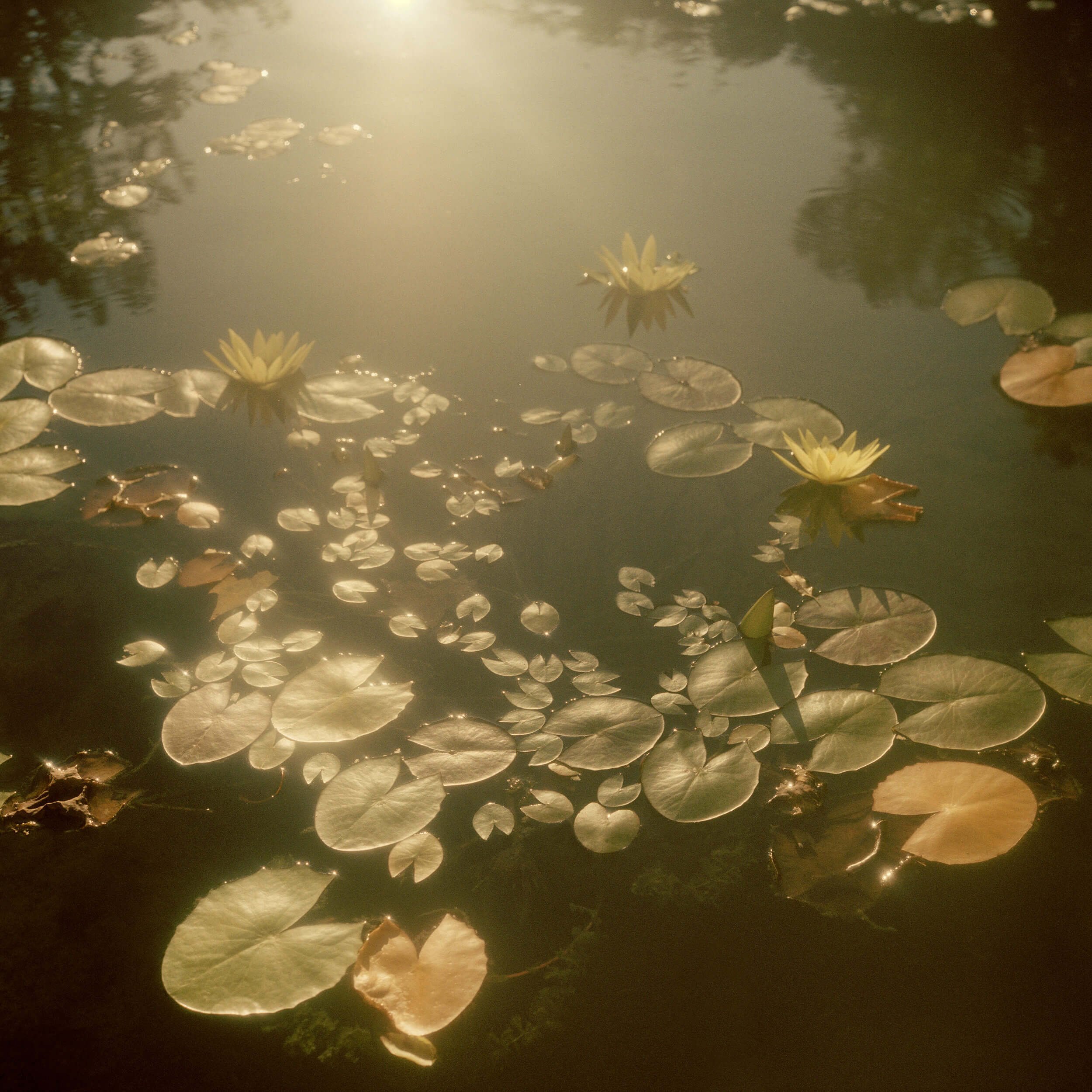Spotlight: Lilli Waters
Lilli’s background is in fine art photography. Her work often explores the human condition through dramatic images of the female form in haunting, windswept landscapes. Heavily influenced by nature as well as paintings that evoke the Pre-Raphaelites with macabre, foreboding elements, a jewel-like palette, and sensitive use of light.
Lilli often makes use of translucent fabrics and long hair to obscure the identities of her subjects, suggesting that the image might be just as much a mirror for the viewer, as it is a portrait. These images initially appear to represent a romantic idea of beauty and equivalence between the fertility of the female body and the landscape. Yet in the era of ‘Me Too’ and ecological crisis, Lilli’s work offers a critical feminine gaze, to take portraits that allude to the conundrum of simply being in a woman’s skin: of how to express physical agency and ease in a society that constantly objectifies women and irrevocably wreaks damage on the environment.
These are images that convey complex emotions: the interplay of darkness and luminosity, strength and vulnerability, and the possibility for new understandings based on an awareness of our dependence on the earth.
An ecological concern also finds expression in her underwater still life series which references Northern Renaissance paintings in lighting and composition.
These underwater works feature live marine creatures amongst rocks, fruit, and flowers to evoke other-worldly landscapes with a palpable feeling of space and slowed time. Representations of luxuriant, yet fragile beauty is a reminder of the imminent loss of whole species and ecosystems as a result of climate change.
Tell us about the interplay of photography, styling, and creative direction that goes into your work. Do you find there is a flow of all when on a job, or how does your process work?
For my personal art practice, the themes, ideas, creative direction, styling, and post-production are all a part of my creative process. For me, it is not about pressing the shutter, that alone is not enough. The ideas, constant challenges, problem-solving, and joy comes from designing everything about these images.
When on a job, I am often working alongside a stylist or art director, and we are bouncing ideas off one another often for weeks before a shoot, and collaborating on every aspect of the day, to get to a place where our vision is aligned. They are both different and rewarding ways in which to work.
Your style of work is romantic and dramatic - was your style a natural progression of your work or did your work shape your style?
Paintings, more than photographs, are some of my biggest inspirations. I recall flipping through books of Monet, Rembrandt, Caravaggio, and painters from the Pre-Raphaelite era like John William Waterhouse at University. The rich colours that emerge from the velvety blackness - the passionate reds, emerald greens, sapphire blues, and a woman's marble-like skin… The harmony and discord, beauty and decay found in so many masterpieces are themes I keep returning to.
Nature also plays a recurring role in my work, as well as the influence of my mother who is a botanical painter, who hung paintings of flowers in my childhood home, and a grandmother who liked to collect precious found objects. The notion of collecting has stuck with me, I love to collect strange and wonderful things and objects and use them in my work.
Rich in texture, your photography has a paint-like quality, what was the process of learning this unique technique and how did you learn to build texture through the lens?
This technique has been a lot of trial and error and took me many years of taking a lot of good and not so good photos, watching the way the light falls at the end of the day to shoot during the perfect window of time, and techniques in both camera and post-production.
I am drawn to paintings more than photographs generally, so observing the way in which these artists have achieved such painting-like yet realistic, almost hyperreal quality, just by applying brush strokes to a blank canvas, has always been so inspiring to me. Some of these paintings look like you could reach out and touch the subject’s skin, as she emerges from her dark surroundings and off the canvas. They have a magical and mysterious quality to them, I’m pretty obsessed.
Any challenges on set you've overcome and topped off with your dream day or dream job?
Lighting is probably my biggest challenge in this work.
I love to work with natural light the most, although there are so many uncertainties and narrow windows of time when relying upon it.
Studio lighting is a whole other world and skill set I am still trying to hone and find my voice through, and I would choose constants over strobes if I have to use studio lighting any day. I recently photographed a feature for Harpers Bazaar in my romantic and moody style, it was very much inspired by my love of Renaissance paintings and the old world, it was a dream job with a dream team.















